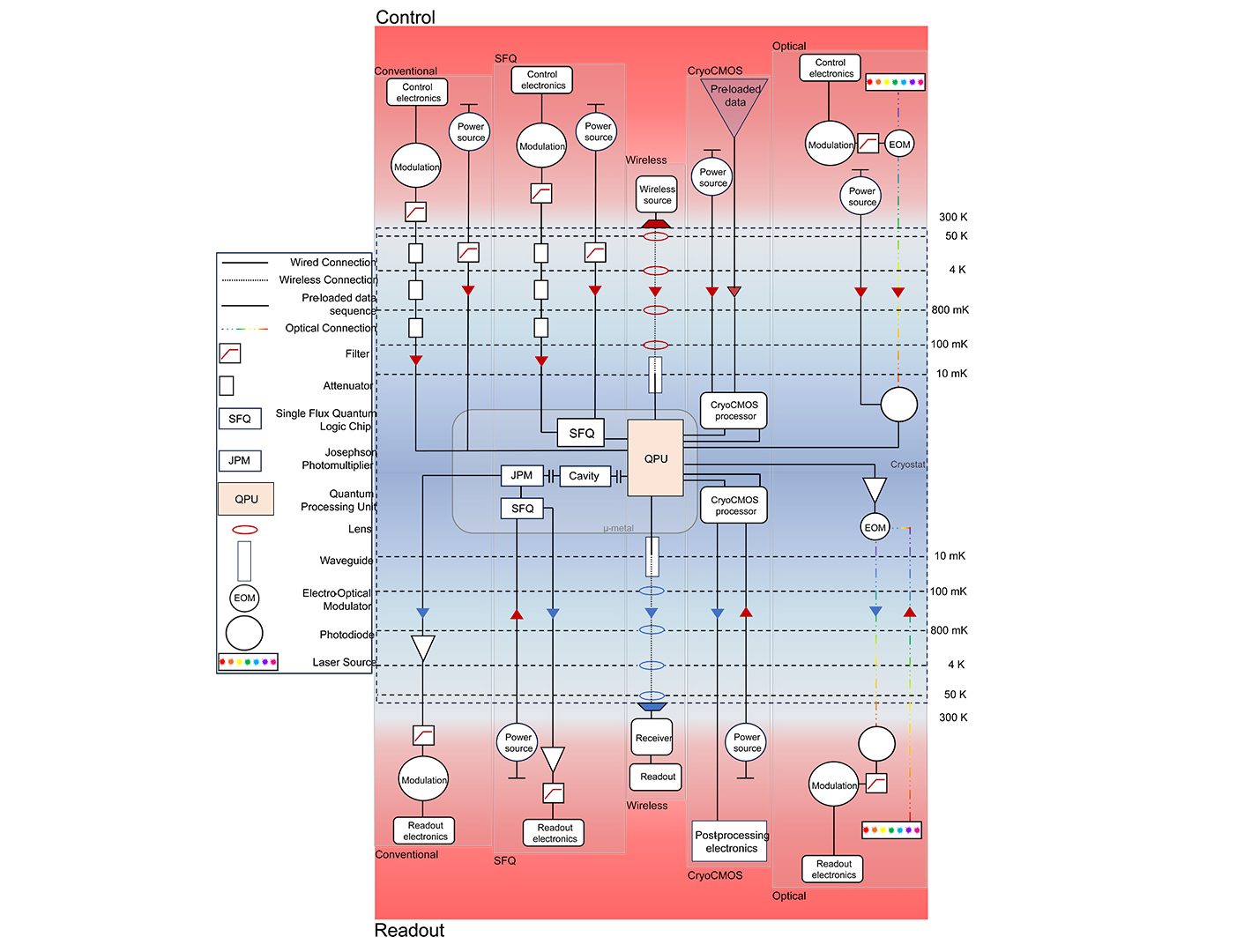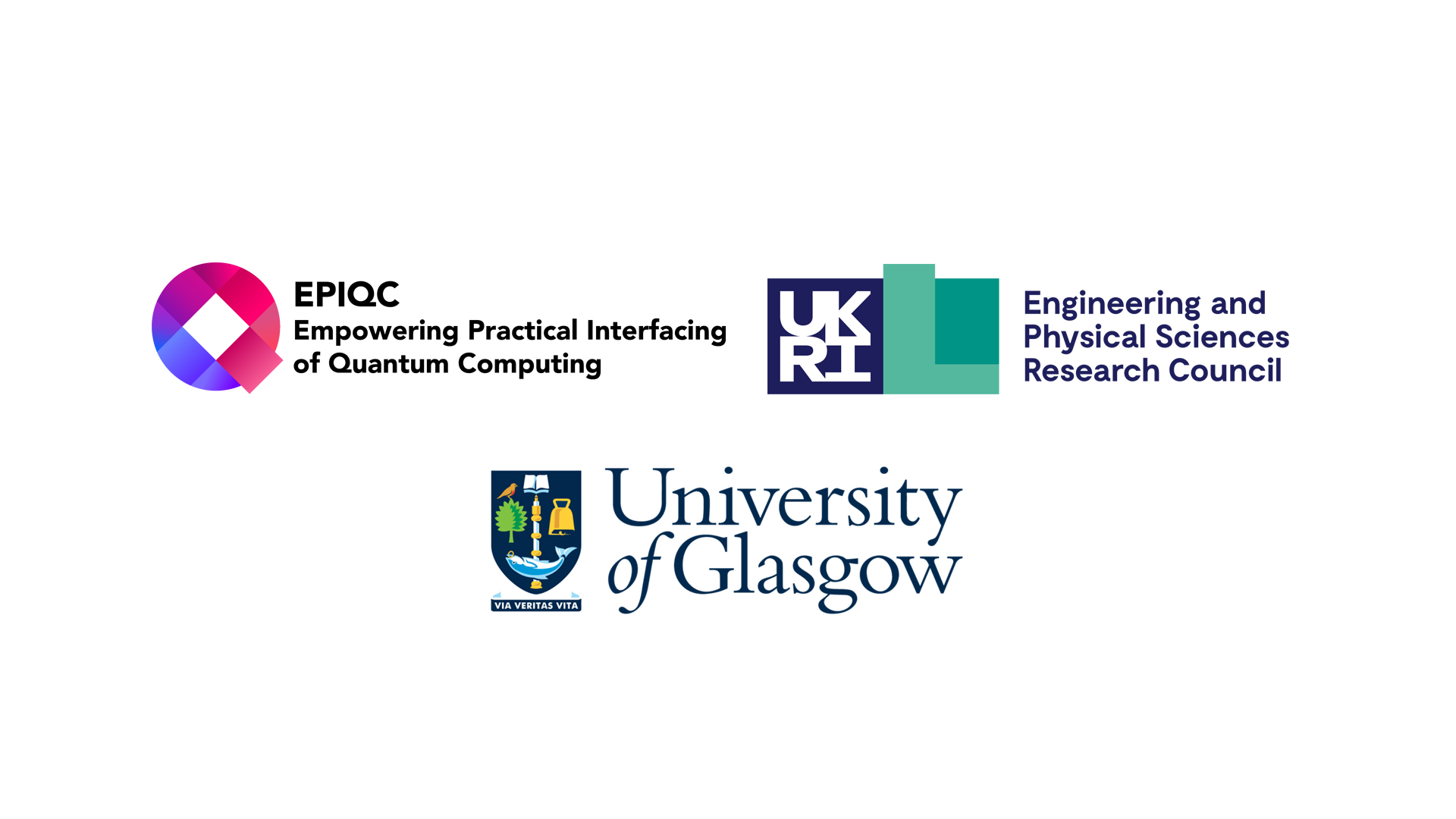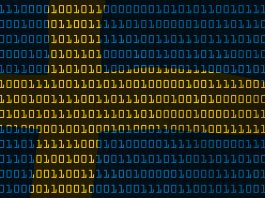The EPIQC project is helping to take the quantum world forwards, both in terms of academic research and in terms of awareness.
In the contemporary world of science and technology, quantum computing stands as a beacon of potential, promising to usher in a new era of computational power and problem-solving capabilities, far beyond the reach of traditional computing. At the forefront of this technological revolution is the Empowering Practical Interfacing of Quantum Computing (EPIQC) project, led by the University of Glasgow, with significant funding from the Engineering and Physical Sciences Research Council (EPSRC).
This project is not just another step in advancing quantum computing; it represents a pivotal shift towards integrating this nascent technology with the more established realm of Information and Communication Technologies (ICT).
Quantum computing and the future
Quantum computing, with its roots in the principles of quantum mechanics, operates fundamentally differently from traditional computing. While conventional computers use bits to encode information in binary forms of 0s and 1s, quantum computers employ quantum bits or qubits.
These qubits harness the phenomena of superposition and entanglement, allowing them to exist in multiple states simultaneously, thereby offering exponential growth in computing power. This leap in computational capabilities holds immense potential for various fields, including cryptography, material science, pharmaceuticals, and complex system modelling.
However, despite its promising future, quantum computing faces significant challenges, particularly in transitioning from theoretical models and lab-scale experiments to practical, real-world applications. One of the primary obstacles is the lack of a comprehensive infrastructure that facilitates interaction between quantum computers and existing ICT systems. This gap significantly limits the applicability of quantum computing technologies in everyday devices and networks that form the backbone of today’s digital world.

The EPIQC project’s work
Addressing these challenges, the EPIQC project aims to bridge the divide between quantum computing and ICT. Over a span of four years, researchers from academia across the UK are collaborating to co-create new methods and technologies that could integrate quantum computing into the broader ICT landscape.
The project is set to explore and develop solutions in three critical areas: optical interconnects, wireless control and readout, and cryoelectronics. Each of these areas is crucial for overcoming the barriers that currently hinder the scalability and practical application of quantum computing.
In pursuing quantum computing advancements, researchers grapple with the challenge of limited cooling capacity at temperatures approaching millikelvin. At these levels, essential for quantum processors to function, only a tiny amount of heat can be shed, making efficient thermal management crucial.
The quantum processors depend on high-precision signals that must be delivered with exacting accuracy and without delay. Even slight latencies can disrupt quantum states and degrade computational performance. The traditional method of scaling up – using more fixed wires to connect room-temperature machinery to ultra-cold quantum components – is proving unscalable.
The additional wires introduce extra heat, which the already strained cooling systems cannot handle, thus hindering the growth of quantum systems. Therefore, clear and efficient solutions are needed that strike a balance between maintaining near-zero temperatures and providing fast, accurate signal transmission for quantum computing to reach its potential.

In the dynamic world of quantum computing, the EPIQC project emerges as a Centre of interfacing innovation, guided by the leadership of Professor Martin Weides and Professor Hadi Heidari from the University of Glasgow. Professor Weides articulating the project’s essence, said: “We are genuinely excited about the EPSRC’s support for the EPIQC project.”
“This project represents a significant step in bringing together leading researchers in quantum technology and ICT from across the UK. Our goal is to tackle some of the challenging issues at the interface of quantum computing and ICT. With our combined expertise and access to state-of-the-art facilities, we’re optimistic about developing a robust network for collaboration. This will not only produce exciting results but also help in shaping the future roadmap for quantum computing interfaces.”
Echoing this sentiment, Professor Hadi Heidari highlights the project’s pioneering approach, combining academic rigor with industry insights. Professor Heidari said: “The EPIQC project marks a first of its kind in the quantum computing field, focusing on the co-creation between quantum computing and ICT researchers, along with industry involvement.”
“It’s exhilarating to have some of the top experts from academia as part of our team from the onset. We’re venturing into a rapidly expanding field, and our work could lead to transformative changes. Being at the forefront of this venture, supporting the UK’s role in quantum computing excellence, is both a privilege and a responsibility.”
Project collaboration
The EPIQC project’s academic collaborators include the Universities of Strathclyde and College London, the National Physical Laboratory, the National Quantum Computing Centre and the Harwell Campus, along with the Universities of Birmingham, Lancaster, Southampton, and King’s College London.
These institutions bring a wealth of knowledge and expertise in quantum mechanics, photonics, and ICT. Complementing the academic expertise, industrial partners like Oxford Instruments, Leonardo, NuQuantum, and BT provide practical insights and technological advancements, fostering an environment where theoretical quantum computing concepts are translated into tangible, innovative applications.
Started in 2022, EPIQC has already begun building a community around quantum computing and ICT interface. The project has hosted several meetings, bringing together principal investigators, PhD students, postdoctoral research associates, and industry experts to discuss and define joint feasibility studies within each of the three key areas. These meetings have not only fostered collaboration and networking but have also laid the groundwork for the research directions that the project will take in the subsequent years.
The progression of the project is marked by a series of critical meetings, each highlighting the ongoing advancement and shifting research emphasis. At the inaugural gathering in Glasgow, establishing the foundation for the project, the principal investigators defined the strategic course, scope, and feasibility for each of the project’s three main pillars.
This meeting was essential in setting the stage for all future research and development activities. The subsequent meeting at the National Physical Laboratory broadened the project’s reach. It included valuable contributions from PhD students and Postdoctoral Research Associates, offering fresh perspectives on the project’s progress and the challenges encountered.
It also included the interaction with other QC-ICT consortia, exploring mutual interests, and potential partnerships. Assessing the progress of the project’s various undertakings, with a particular focus on the smaller explorative projects, helps strategise for forthcoming industrial collaborations. It also entailed critical future planning, ensuring that the project’s trajectory remains in line with its overarching goals.
The three pillars of EPIQC
The EPIQC project, underpinned by its three specialised pillars, is advancing the frontier of quantum computing. Each pillar, led by a dedicated team of experts, targets a unique aspect crucial for integrating quantum systems with contemporary technology.
The first pillar concentrates on optical interconnects, utilising photonic integrated circuits, fibre optics, and electro-optical devices. The aim is to develop technologies that enable efficient operation and control of large qubit arrays, surpassing the constraints of traditional electronics. This effort focuses on achieving greater bandwidth and scalability, leveraging the minimal heat contribution of optical fibres.
The second pillar explores the potential of wireless technology in quantum computing. It seeks to replace traditional coaxial cables with a versatile, cryogenic wireless control and readout system. This innovative approach aims to manage hundreds of qubits simultaneously with minimal interference, using advanced multiplexing techniques to prevent decoherence, a critical factor for scalable quantum systems.
Cryoelectronics forms the third pillar, focusing on developing cryogenic CMOS, FPGA, and low-noise amplifiers. These components are designed to function effectively in the extreme cold, essential for quantum processors, and are integral to the seamless operation of both optical and wireless systems in the quantum realm.
Particularly noteworthy is the role of CryoCMOS technology. It stands out for its minimal heat dissipation and ability to function in the deep-cold environments necessary for quantum computing. Its integration into quantum systems is vital for reducing latency and streamlining signal processing, making it a key enabler for scaling up quantum computing. Moreover, CryoCMOS technology facilitates complex, on-chip error correction and control, enhancing the precision and reliability of quantum operations.
Ensuring the success of these innovations is a rigorous verification process. It involves thorough testing of components to meet performance standards, particularly in terms of thermal management and scalability. Moreover, careful packaging and thermal management strategies are employed to safeguard the system from thermal and electromagnetic disruptions.

In addition to these collaborative efforts, the EPIQC project has been active in outreach activities. These include supporting an annual Quantum Technology School for secondary students, participating in industry forums, and presenting at various summits and industry showcases including the UK National Quantum Technologies Showcase 2022 and 2023.
This includes the assembly of a levitation train based on the principles of superconductivity and the mathematical concept of a Mobius strip to provide the public with an interactive understanding of the properties of superconductors, a key element in the advancement of quantum computing, along with online videos on quantum technologies on social media.
The EPIQC project’s approach extends beyond research, emphasising networking and education. Regular workshops and events foster a dynamic exchange of ideas among scientists, policymakers, and industry leaders. Additionally, educational outreach initiatives are designed to raise public awareness about the impact and significance of quantum computing.

Please note, this article will also appear in the seventeenth edition of our quarterly publication.









